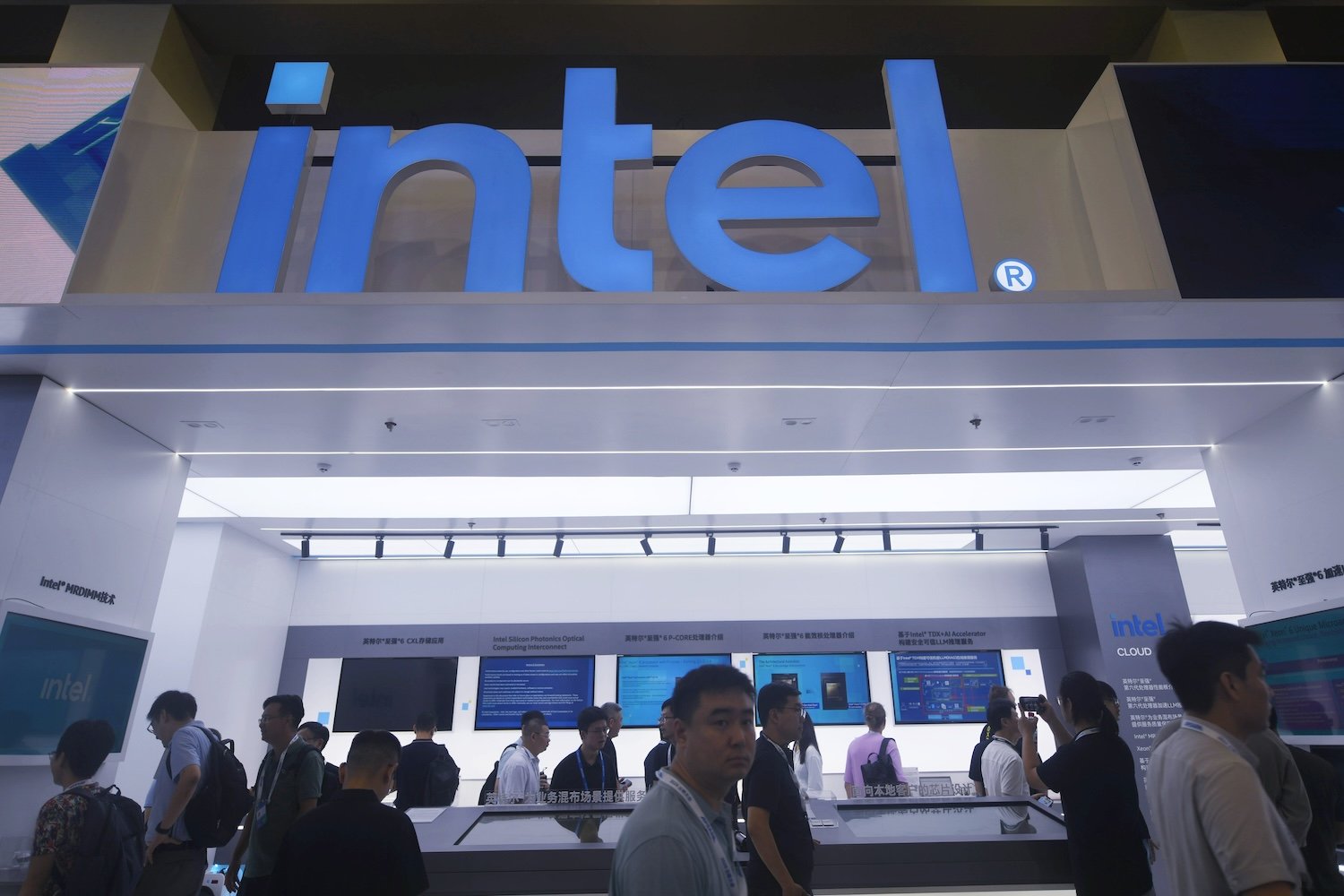Intel's Steady Decline Continues With 15% Cut to Staff and Scrapped Factory Plans

Intel CEO Lip-Bu Tan told employees in a staff-wide memo yesterday that the company plans to cut its workforce by roughly 15%—more than 25,000 jobs—aiming to end the year with about 75,000 employees worldwide. The cuts are part of the struggling chipmaker’s efforts to turn things around and compete in the booming AI market.
Intel isn’t alone among Silicon Valley giants making job cuts as AI becomes a bigger priority. Meta announced it was cutting about 5% of its staff in January. Google is offering buyouts. And even Microsoft CEO Satya Nadella addressed in a company-wide memo what he called the “enigma of success” noting how the company is thriving financially with record profits, yet just laid off 9,000 workers earlier this month
But unlike those companies, Intel isn’t thriving. The once-dominant chipmaker has stumbled in recent years, missing the smartphone boom and arriving late to the AI race. On Wednesday, it reported its sixth straight quarterly loss.
“I know the past few months have not been easy. We are making hard but necessary decisions to streamline the organization, drive greater efficiency and increase accountability at every level of the company,” Tan wrote in the memo.
In addition to the layoffs, Intel is scrapping plans for new factories in Germany and Poland. Tan also said the company would slow construction of a major chip plant in Ohio “to ensure that spending is aligned with demand.” The Wall Street Journal reported that the facility was originally expected to be completed by the end of this year, but now likely won’t be finished until after 2030.
At the same time, Intel is going all in on its latest chipmaking technology, Intel 18A. The process is designed to produce advanced chips like Panther Lake, Intel’s next-generation microprocessor, expected to launch later this year.
Looking further ahead, Tan said Intel will develop its next major process node, Intel 14A, from the ground up in close collaboration with external customers. The idea is to only work on projects that have obvious demand.
“There are no more blank checks. Every investment must make economic sense. We will build what our customers need, when they need it, and earn their trust through consistent execution,” he wrote.
As far as its AI ambitions, Intel plans to develop a cohesive stack strategy—not just chips, but also the software and systems to support them. The focus will be on areas where Intel believes it can stand out from more established competitors. One of those is inference, where AI models apply what they’ve learned to make real-time decisions or predictions. Another is agentic AI, where systems are designed to operate independently and take actions on their own.
“Our starting point will be emerging AI workloads – then we will work backward to design software, systems and silicon that enable the best customer outcomes,” Tan wrote.
Whether Intel can pull off this turnaround or if it’s just too late remains to be seen.








